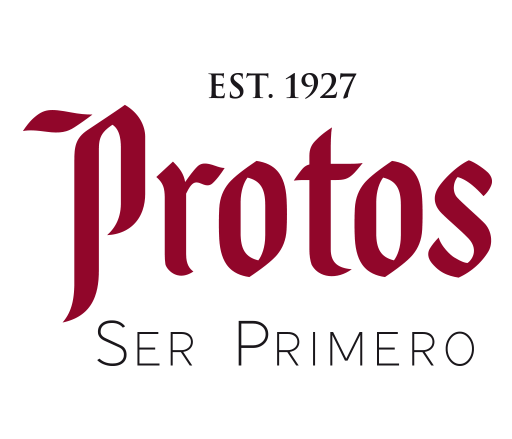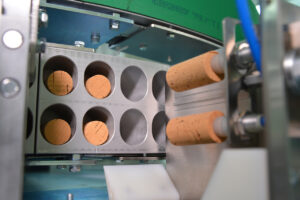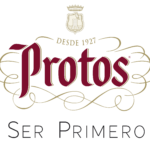
Details and curiosities of cork
The cork is largely responsible for the good conservation of wine.
From the moment it is bottled, to the moment we uncork it to enjoy our favorite wines.
But what’s behind a cork?
Origin
Cork is obtained from the bark of a tree in the oak family called Quercus Suber.
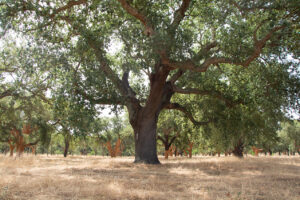
This tree grows only on the Mediterranean region, specially in Spain and Portugal.
The bark of the Quercus Suber (cork oak) is extracted every 10 years, without damaging the tree, that regenerates its bark and after ten years will be ready for further extraction.
What transformation and production processes exist transform the bark into a cork?
First, the bark is extracted, which is carried out only from May to August.
The bark has to be extracted precisely during these months as it is when the sage is circulating from the from the roots to the leaves.
The bark needs to rest for at least nine months under regulated conditions, until it can begin to be manipulated.
The bark is then boiled, classified according to thickness and visual quality (pores or lenticels); the more lenticels the lower economic value the cork has. After these two stages, the cork plates are chopped or drilled to obtain the stoppers.
This operation is performed automatically with a cylinder-shaped gouger.
Once we have cylindrical and rectified stoppers, they are reclassified according to pores or lenticels, the fewer visual defects the greater economic value the cap has.
Technological processes added to the stopper
Our supplier MASILVA, a company dedicated to the production of technical cork, they apply the most advanced technology so that wineries get the best soppers for their wines.
MASILVA is very focused on R&D and have patented several systems such as DYNAVOX®, MASZONE®, SARA ADVANCED® and NEOTech®.
These technological processes serve reduce the unwanted aromas in the cork and preserve the wines in perfect condition until the moment of their uncork.
The MASILVA-patented OnebyOnetm System in which they analyze stopper-to-stop to ensure that no stopper has an organoleptic deviation caused by the compound Trichloroanisol (TCA).
What does cork bring to wine?
The origin of its use dates back to the Greek amphorae, but it wasn’t until the seventeenth century when its use became popular mainly because of the production of unvarying glass bottles, which allowed for long-distance transportation and commercialization of wine.
Currently, the cork provides wineries and wine with several differentiating factors.
It is a natural, ecological and renewable closure, respectful of the environment, which helps to maintain a unique ecosystem, and very much our own, as it is mainly produced in the Mediterranean basin.
Simplicity is one of the great allies of the cork, both for the wineries and for the final consumer.
The conservation and evolution of a wine with natural cork closiure is optimal, as it allows the micro-oxygenation required by great wines for aging well in bottle.
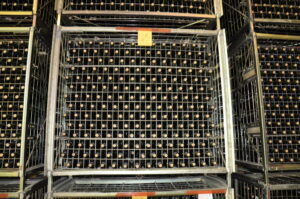
The cork respects the typicity of each grape variety and vintage, not all closures allow good bottle aging and end up homogenizing all wines with loss of final quality.
It does not add any foreign elements to the wine such as elastomers or polymers.
The cork is a natural material no stranger to the production of wines as it is from the oak family.
A good cork is synonymous with quality in a wine, with romanticism, with mysticism and with magic that awakens at the sound of the cork being pulled from that great bottle of wine you wish to enjoy.
No one would understand a great wine, without a natural closure and nothing is more respectful than the cork.
